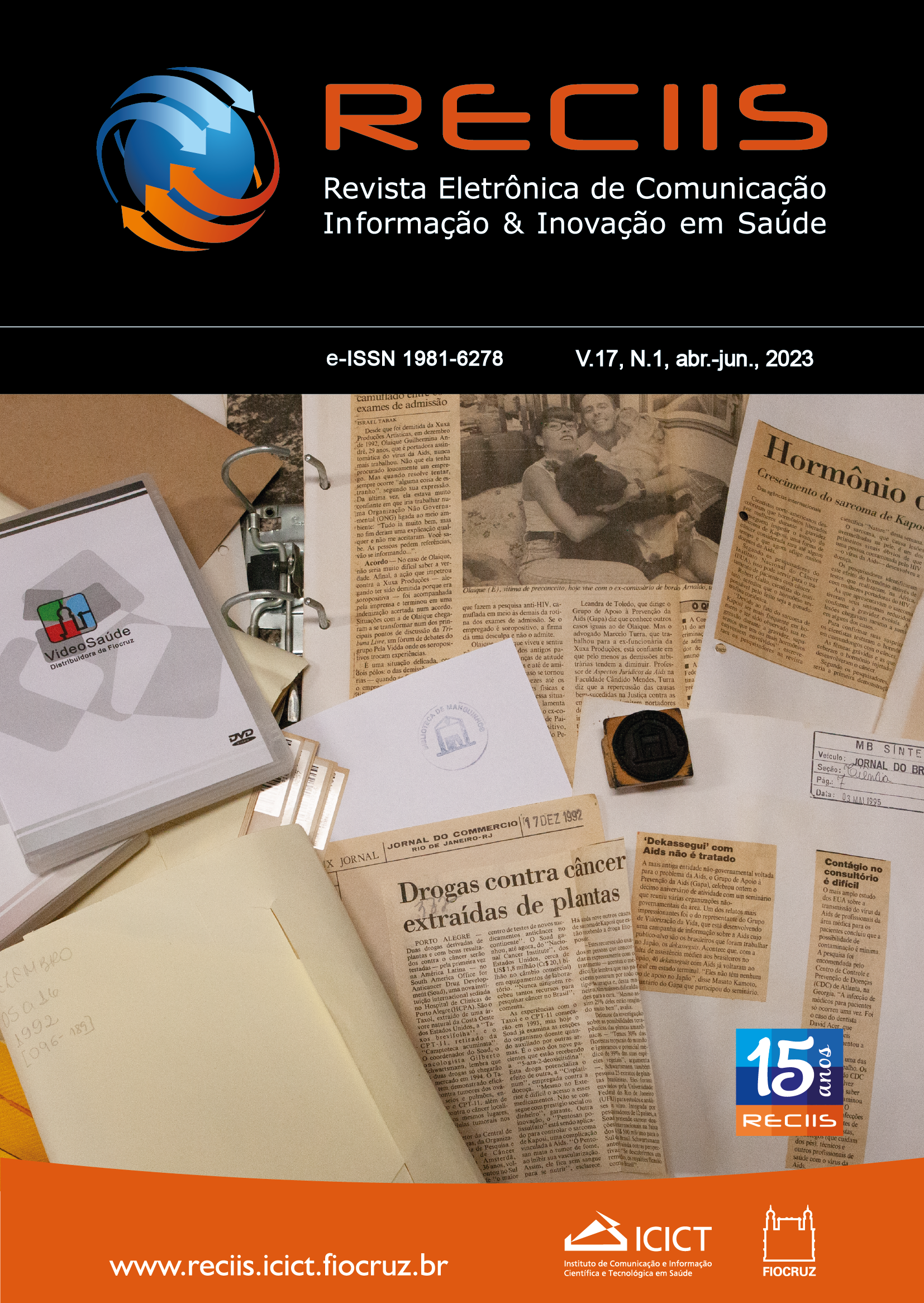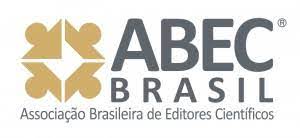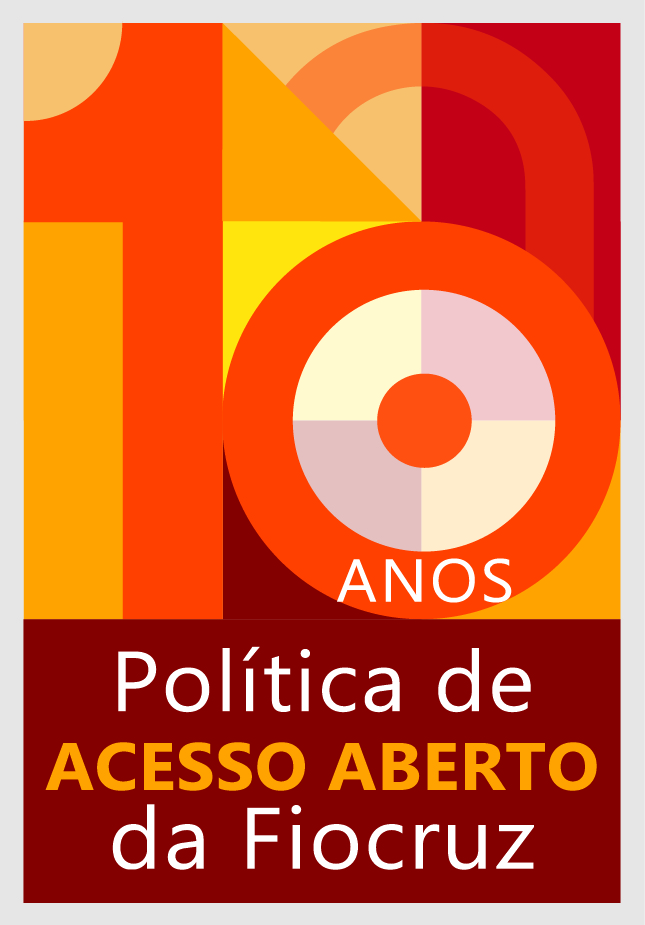The flash of traces in the montage intervals: methodological notes on the incursion into Yellow Fever and Spanish Flu archives
DOI:
https://doi.org/10.29397/reciis.v17i2.3611Keywords:
Archive, Montage, Critical fabulation, Yellow fever, Spanish fluAbstract
In this article we reflect on the presented concepts that have guided research in the archival records of Yellow Fever and Spanish Flu in the collections of the Fundação Oswaldo Cruz (Oswaldo Cruz Foundation), the Biblioteca Nacional (National Library), and the Arquivo Nacional (National Archive). The research is centered on the search for the traces and ruins of those epidemic events, through the method of montagem and from the perspective of the threshold. We seek, by means of these materialities, to create intervals, to experiment, and to weave gaps that prefigure other possibilities. We argue that, by coping with, through critical fabulation, the ways in which an epidemic makes itself appear, we enable the elaboration of a political imagination capable of giving the future other possibilities and arrangements that are not the catastrophe and the melancholy.
References
BENJAMIN, Walter. Magia e técnica, arte e política: ensaios sobre literatura e história da cultura. São Paulo: Brasiliense, 1996.
BENJAMIN, Walter. Passagens. Belo Horizonte: Ed. UFMG, 2009.
BRETAS, Aléxia. Lendo imagens dialéticas contra a flecha do tempo: Walter Benjamin com Denise Ferreira da Silva. In: GUIMARÃES, Bruno et al. (org.). Hoje, Walter Benjamin. Belo Horizonte: Relicário, 2021. p. 9-20.
BRETAS, Aléxia. Fantasmagorias da modernidade: ensaios benjaminianos. São Paulo: Unifesp, 2017.
BUCK-MORSS, Susan. O presente do passado. Florianópolis: Cultura e Barbárie, 2018.
CERTEAU, Michel de. A invenção do cotidiano: artes de fazer. Petrópolis: Vozes, 1999. v. 1.
DELEUZE, Gilles; GUATTARI, Félix. Kafka: por uma literatura menor. Belo Horizonte: Autêntica, 2014.
DIDI-HUBERMAN, Georges. Quando as imagens tocam o real. Pós: Revista do Programa de Pós-Graduação em Artes da Escola de Belas Artes da UFMG, Belo Horizonte, v. 2, n. 4, p. 204-219, 2012. Disponível em: https://periodicos.ufmg.br/index.php/revistapos/article/view/15454. Acesso em: 30 maio 2023.
DIDI-HUBERMAN, Georges. Peuples en larmes, peuples en armes. Paris: Éditions de Minuit, 2016. (L’Oeil de l’histoire, 6).
FARGE, Arlette. O sabor do arquivo. São Paulo: Edusp, 2009.
GAGNEBIN, Jeanne Marie. Apagar os rastros, recolher os restos. In: SEDLMAYER, Sabrina; GINZBURG, Jaime (org.). Walter Benjamin: rastro, aura e história. Belo Horizonte: Ed. UFMG, 2012. p. 27-38.
GAGNEBIN, Jeanne Marie. Limiar, aura e rememoração: ensaios sobre Walter Benjamin. São Paulo: Ed. 34, 2014.
GAGNEBIN, Jeanne Marie. Sobre a noção de Spielraum em Walter Benjamin: resistência e inventividade. In: SOUZA, Ricardo Timm de et al. (org.). Walter Benjamin: barbárie e memória ética. Porto Alegre: Zouk, 2020. p. 63-73.
GINZBURG, Jaime. A interpretação do rastro em Walter Benjamin. In: SEDLMAYER, Sabrina; GINZBURG, Jaime (org.). Walter Benjamin: rastro, aura e história. Belo Horizonte: Ed. UFMG, 2012, p. 107-132.
HALL, Amy Cox. Archival labyrinth: words, things and bodies in epistemic formation. Tapuya: Latin American Science, Technology and Society, Londres, v. 1, n. 1, p. 170-185, 2018. DOI: https://doi.org/10.1080/25729861.2018.1514713. Disponível em: https://www.tandfonline.com/doi/full/10.1080/25729861.2018.1514713. Acesso em: 30 maio 2023.
HARTMAN, Saidiya. The position of the unthought. Qui Parle, Durham, v. 13, n. 2, p. 183-201, 2003. DOI: https://doi.org/10.1215/quiparle.13.2.183. Disponível em: https://read.dukeupress.edu/qui-parle/article/13/2/183/10047/The-Position-of-the-Unthought. Acesso em: 30 maio 2023.
HARTMAN, Saidiya. Vênus em dois atos. Eco-Pós, Rio de Janeiro, v. 23, n. 3, p. 12-33, 2020. DOI: https://doi.org/10.29146/eco-pos.v23i3.27640. Disponível em: https://revistaecopos.eco.ufrj.br/eco_pos/article/view/27640. Acesso em: 30 maio 2023.
LACROIX, Sophie. Ruine. Paris: Éditions de La Villette, 2008.
KOLATA, Gina. Flu: the story of the great influenza pandemic of 1918 and the search for the virus that caused it. New York: Touchstone Books, 2001.
MACHADO, Roberto. Danação da norma: Medicina social e constituição da psiquiatria no Brasil. Rio de Janeiro: Graal, 1978.
MBEMBE, Achille. The power of the archive and its limits. In: HAMILTON, Carolyn et al. (ed.). Refiguring the Archive. Dordrecht: Springer Netherlands, 2002. p. 19-27.
MOLDER, Maria Filomena. Método é desvio: uma experiência do limiar. In: OTTE, Georg; SEDLMAYER, Sabrina; CORNELSEN, Élcio (org.). Limiares e passagens em Walter Benjamin. Belo Horizonte: Ed. UFMG, 2010. p. 27-75.
MONCORVO FILHO, Arthur. O Pandemônio de 1918: subsídio ao histórico da epidemia de gripe que em 1918 assolou o território do Brasil. Rio de Janeiro: Departamento da Criança no Brasil, 1924.
MONDZAIN, Marie-José. Confiscação: das palavras, das imagens e do tempo. Belo Horizonte: Relicário, 2022.
REGO, José. História e descrição da febre amarela epidêmica que grassou no Rio de Janeiro em 1850. Rio de Janeiro: Chão, 2020.
SEDLMAYER, Sabrina; GINZBURG, Jaime (Orgs.) Walter Benjamin: rastro, aura e história. Belo Horizonte: Ed. UFMG, 2012.
SILVA, Denise Ferreira da. O evento racial ou aquilo que acontece sem o tempo. In: PEDROSA, Adriano; CARNEIRO, Amanda; MESQUITA, André (org.). Histórias afro-atlânticas: antologia. São Paulo: MASP, 2018. v. 2. p. 407-411.
SILVEIRA, Anny. A influenza espanhola e a cidade planejada: Belo Horizonte, 1918. Belo Horizonte: Fino Traço, 2008.
Downloads
Published
How to Cite
Issue
Section
License
Copyright (c) 2023 Marcela Barbosa Lins, Ângela Cristina Salgueiro Marques

This work is licensed under a Creative Commons Attribution-NonCommercial 4.0 International License.
Author’s rights: The author retains unrestricted rights over his work.
Rights to reuse: Reciis adopts the Creative Commons License, CC BY-NC non-commercial attribution according to the Policy on Open Access to Knowledge by Oswaldo Cruz Foundation. With this license, access, download, copy, print, share, reuse, and distribution of articles is allowed, provided that it is for non-commercial use and with source citation, granting proper authorship credits and reference to Reciis. In such cases, no permission is required from the authors or editors.
Rights of authors’s deposit / self-archiving: The authors are encouraged to deposit the published version, along with the link of their article in Reciis, in institutional repositories.












